Workforce. How do the RA Sigs officer and trade workforce models optimally contribute to a dedicated and professional joint space workforce, considering the potential establishment of the joint Space Officer and Space Operator employment categories in 2026? – A response by LT J Baldwin.
"The ADF will seek space advantage to enable freedom of action by temporally assuring access and disrupting or denying an adversary use of the space domain, as required." – ADF CONCEPT SELENE
While the temporal advantages of CONCEPT SELENE are foundational to modern manoeuvre warfare, the immediate and enduring demands for skilled ADF space workforce requires a bottom-up and streamlined approach from the Services. For Army, the RA Sigs workforce presents an untapped opportunity for bolstering the development of the space workforce. This opportunity exists within RA Sigs due to an already developed technical workforce, foundational or baseline knowledge of space concepts inherent to the corps, a resourcefulness required in all RA Sigs trades and roles, and to a larger extent the resourcefulness required of the Army itself.
Innovation: a new build or a solid foundation? The Joint Force has an already developed technical workforce in RA Sigs poised to be the answer this very question. Of the 9 space mission areas outlined in CONCEPT SELENE, RA Sigs regularly operates within the mission scopes. Existing knowledge of SATCOM, space weather, utilisation and troubleshooting of Position Navigation Timing/Global Navigation Satellite System, defensive space control, and general space domain awareness are just some of the things RA Sigs could offer the space workforce. In 1975, the question “How do we innovate with what we have?” was asked when KODAK invented the first working digital camera. However, it wasn’t until 1981 that Sony, not KODAK, released the first consumer focused digital camera, taking the market by storm. This is widely heralded as having killed the camera film industry, which in turn, nearly destroyed KODAK. Why did KODAK sit on such a revolutionary product for 6 years with no movement? They had already poured significant time and resources into developing exactly what they needed, why didn’t they use it? Why did they wait until it was almost too late? Is RA Sigs the ADF’s digital camera? Let’s discuss just how fit for purpose RA Sigs is, starting with every sig’s first foray into space, SATCOM.
SATCOM – the beginning of a long career in space: A reliable method of communication that RA Sigs members utilise regularly. This use serves to develop a corps wide, baseline understanding, of the capability, drawbacks, and use cases of satellite communications in a tactical environment. Even the officers of RA Sigs are instructed on their first basic course in how to set up and utilize a SATCOM antenna. Admittedly, in the real world, an RA Sigs LT setting up a SATCOM antenna would indicate that something, somewhere, has gone horrifically wrong. However, the point remains that a foundational understanding of this process is inherent to the corps, from a junior signaller fresh from Initial Employment Training, to the Head of Corps. This knowledge base presents an opportunity in two key areas, firstly, RA Sigs members will have many, many, opinions on SATCOM capability acquisition direction for the ADF, due in large part to their regular interaction with it. Secondly, they represent one of the primary enablers of the end result of SATCOM and counter SATCOM. As endpoint users of this technology their insight into future capabilities and acquisition will be invaluable, but the RA Sigs workforce doesn’t end at the transmission, they’re required to have a further understanding of where it goes, and why.
The Space Domain – No longer the Final Frontier, just the next one: All RA Sigs members are continually developing their awareness of the space domain due to the impact it can have on communications. RA Sigs have to be proficient in understanding; the ionization or the merging of the ionosphere’s layers, the effects of radiation – both solar and otherwise, the tracking of space based objects and their positioning, as well as how each of these will impact communications, and the battlespace. Perhaps most importantly, they require an understanding of when they can rely on the metaphorical hammer in the toolbelt of any RA Sigs member, “Sporadic E”, or at least when they can brief it confidently. This is the minimum required to thrive in the technical workforce that RA Sigs demand. Thus, RA Sigs as a whole exists with the base knowledge and capability to support, or even drive, the development of a joint space workforce. RA Sigs understanding of the space domain would be incomplete without mention of their ability to read the weather forecast.
Space Weather – I can’t raise 0A, but the sky sure looks pretty tonight: Members of RA Sigs spend a significant amount of time learning to understand space weather, its effects, and how they impact methods of communication. Not to mention developing the technical know-how required to interpret space weather data reports. This knowledge culminates in implementing that information into a communications plan to avoid outages. The collation of space weather events is often done by outside organisations; however, the benefit of understanding this information, and the flow on impacts of space weather – beyond the usual answer of “The sun is mad so comms are bad” – allow our workforce additional insight into what is occurring and how it will impact operations. This also allows SME’s the ability to make recommendations to space-weatherproof existing networks. Providing communications to division sized elements while the T-index is depressed 60-80% is no small feat, and yet RA Sigs is the first, and often only, port of call to provide that capability for the land domain. This specific domain mastery is as yet an untapped resource that a joint space force would be remiss to ignore at the time of its establishment. But how does this “every member” mastery function across the whole of the corps?
Technical Mindfulness – Applying cross-domain expertise: It is often said that the officers of RA Sigs have a wide but shallow knowledge base of the technical concepts of our corps, as well as those outlined above that are not corps specific, but definitively corps adjacent. It is also said that the trade workforce of RA Sigs has deep but specialised areas of expertise in the corps. Making them not only subject matter experts but often “Jesus Nuts” that hold organisations and capabilities together. Additionally, it should be noted, for the RA Sigs workforces, that specific knowledge is often self-taught or self-sought due to a technical, professional, or personal interest. This self-driven mastery leads to every member of the corps having a different combination of masteries or knowledge across the entire rank structure. No two SIGs are the same. The marrying of these two groups – officers who are able to understand and speak to surface to mid-level concepts across multiple unique areas of interest, linked with subject matter experts who have a deep to expert level knowledge of specific but sometimes singular areas – creates a holistically proficient workforce that is postured to best face the challenges in the present and future theatre of space. This of course is to say nothing of our highly specialised members.
Specialised technical roles – Deny and Disrupt for freedom of movement, but in space or on land?: These specialised roles in cyber and electronic warfare contain members who would be able to assure the secondary portion of the CONCEPT SELENE mission statement: the task of disrupt or deny. This would lie with the respective domain specialists and officers who make a small, but exceptionally effective portion of our corps. Their roles and training are specific to those two task verbs and as such present a significant opportunity for the development of a space workforce. However, the provisioning of these members to the development of a Joint space workforce as opposed to their current positions presents a conundrum for Army. Can they afford to lose highly specialised members from roles given equal import under the Defence Strategic Review?
Blood from a Stone – Can Army afford to lose RA Sigs to support a Joint Space Workforce? The technical aptitude of RA Sigs is corps wide, position specific, and highly protected by the corps. Army has been experiencing the worst recruitment and retention crisis it has ever faced, and RA Sigs is heavily impacted by this. When a member can walk out of work on Friday after a bad week and walk back in on Monday with a job offer from a company contracted to develop ADF capability who is desperate for SIGs. It is, to say the least, difficult to maintain a workforce. I find myself wondering how many of the people watching KODAK sink from their office in Sony HQ watched as their old office floated by. It should go without saying that the provisioning of RA Sigs members to assist in the construct of the joint space force is a large ask of the losing unit, corps, and service but nonetheless it is a necessary one. As outlined above each member of the corps has their own areas of expertise, the loss of any person from their current location is a loss of expertise that any unit in the current state of retention would likely struggle to wear. So too, however, should it be acknowledged that each member of RA Sigs has knowledge that would greatly benefit the development of the joint space workforce. Nowhere is the retention crisis felt more acutely in the corps than in the absence of RA Sigs SNCO’s, which begs the question: “if we’re all hurting for people, why only pull from the smallest group?”
An Unnecessary Bottleneck: A SIG in the JOR is worth two in Space: Currently the proposed streaming options present for members of the RA Sigs trade workforces to step sideways into the developing Joint Space Force start at the rank of corporal. This course of action requires waiting on members to serve in the corps for on average 6 years and would further exacerbate the skill fade and degradation the corps is now experiencing. Leading to a bottleneck in pulling the necessary knowledge from the Corps of Signals to the Joint Space Force. To use a colloquialism, it would be putting the cart before the horse, or the rank before the knowledge. As outlined above, from the earliest levels of an RA Sigs career, space domain mastery is a present skill for those interested in, or impacted by, space. As such, it would make sense to pull from the existing workforce that the Defence Force has already poured significant time and resources into.
Put simply, if the ADF is to have any effect in the next conflict, a Space Force is a necessity. For CONCEPT SELENE to be realised it will need to draw from an ADF already understaffed, and bleeding more than it retains, so provisioning a new force is at best unlikely. Yet a fit for purpose workforce exists within RA Sigs, one based not on rank or time in position, but on domain mastery. Much like KODAK on the day of the advent of the digital camera, the joint force sits at a crossroads. Will we use our junior RA Sigs effectively to innovate further? Will we wait for a competitor to push us out? Will we too look back and ask ourselves the same questions as KODAK one day?
Why did we sit on such a revolutionary capability for 6 years with no movement? We had already poured significant time and resources into developing exactly what we needed, why didn’t we use it? Why did we wait until it was too late?
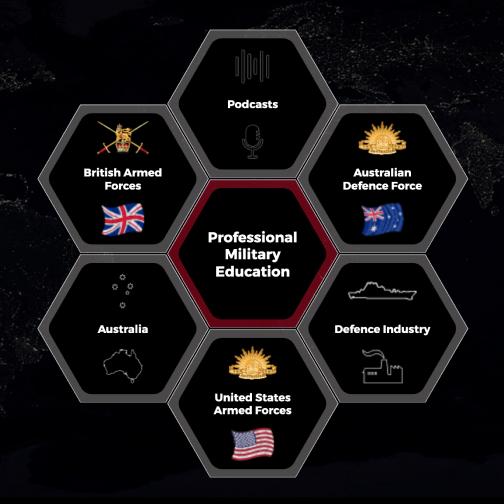
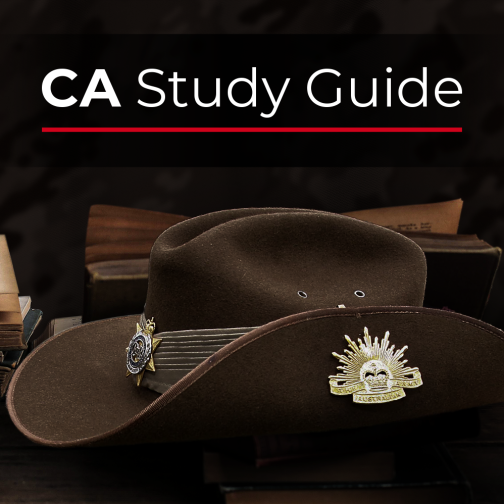

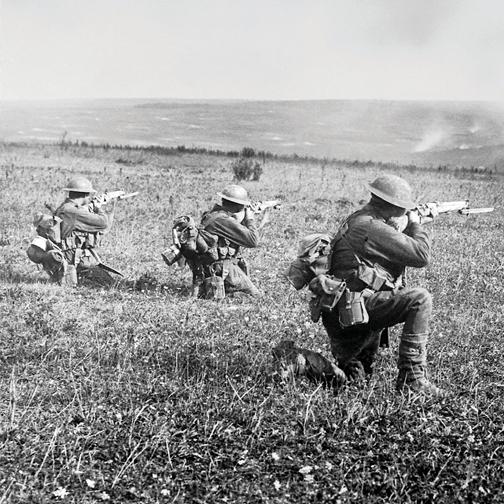


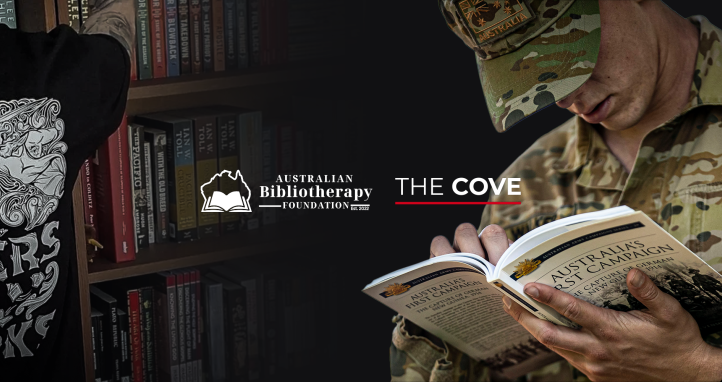
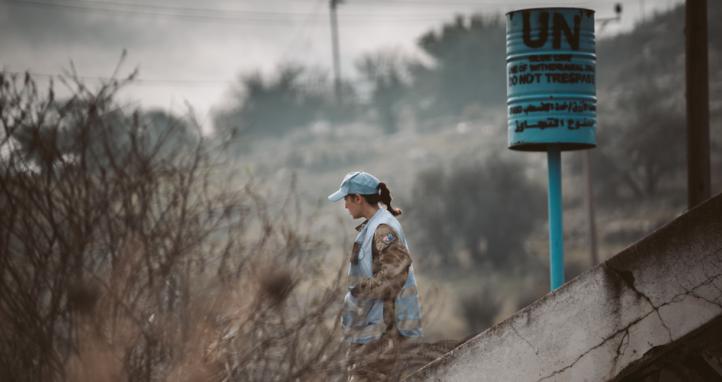
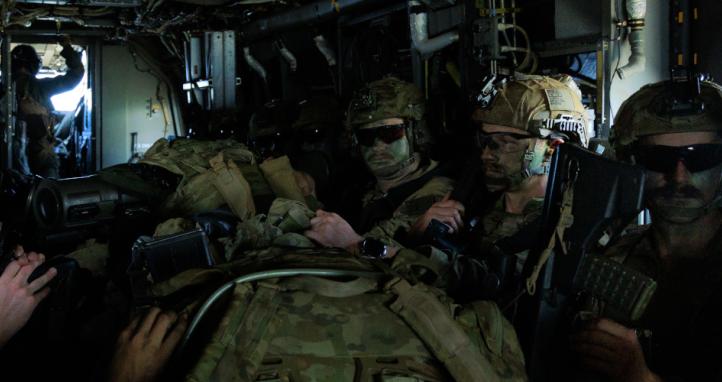

Potential next step would be to map current competencies against the emerging LO/SLO for training and develop a RPL Pack that is trade specific- tech,geek,operator- to accelerate SIGs through the training?